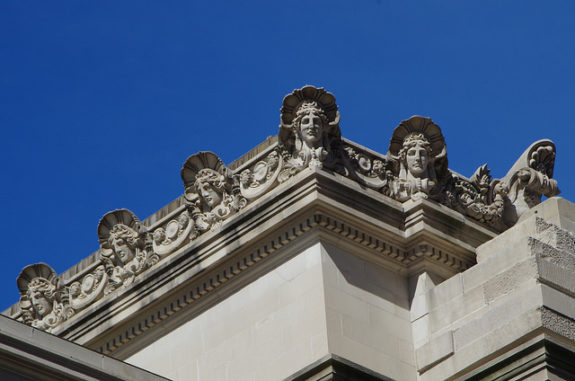
April 2, 2017; New York Times
We could tell you the things that culture eats for breakfast, but if you have worked in more than three organizations, you will already know. In the end, it’s good to remember a lack of integrity of leadership is way more obvious and has a greater impact than one might imagine. If the staff has integrity, they will be demoralized and eventually leave—in spirit, if not in body. If they do not, they will take a page from the book that has been given them and create their own version of the problem modeled wherever they might stand.
The problem is that without exposing an organizational culture, warts and all, it can be almost impossible to change. In this case, however, a persistent reporter kept going back to get the story behind the story, and though it’s unlikely she got it all, she may have found the basic pattern.
When Thomas Campbell resigned his presidency of New York’s Metropolitan Museum of Art (“the Met”), effective this coming June, he was merely the last in a line of executive departures. Erin Coburn, hired away from the J. Paul Getty Museum to take a much-heralded post as the first chief officer of digital media at the Met, left under a pall of secrecy in 2012, having stayed only two years. She was given what some thought was an outsized settlement given her short tenure and regular salary, and all was hidden behind a veil of confidentiality.
But secrets will out, and now, after more than two dozen interviews, Robin Pogrebin at the New York Times reports that former and current staff members say that Ms. Coburn, who was described by other staff as “visionary” and “principled,” had said “she was unable to do her job effectively because of a close personal relationship between Campbell and a female staff member in her department.”
She had, in fact, filed a formal complaint; an investigation ensued, whereupon a departure and settlement were negotiated—for Coburn—all without most of the trustees even knowing that a complaint was made. Pogrebin writes:
Sign up for our free newsletters
Subscribe to NPQ's newsletters to have our top stories delivered directly to your inbox.
By signing up, you agree to our privacy policy and terms of use, and to receive messages from NPQ and our partners.
Yet, for many then at the Met, the results of Mr. Campbell’s relationship with a member of Ms. Coburn’s staff were plain. The employee had a direct line to Mr. Campbell and amassed power well beyond her rank, they say, sidelining certain colleagues as well as commanding resources and hiring outside staff members for her projects, which added costs and created infrastructure complications.
Leaders of the Met board and staff knew of the relationship before Ms. Coburn was hired, and at times had urged Mr. Campbell to end it, according to several people inside the museum.
Matthew R. Morgan, who managed the Met’s website for six years, said that Campbell’s persistent catering to the vanity of the staff member in question was the reason why he left as well. Paco Link, the digital department’s former general manager of creative development, commented, “To drive someone like Erin Coburn out and see her undermined was very disconcerting to the whole department.”
Pogrebin writes that the board chair since 2011 is a “likable but passive leader who avoids conflict and has continued the Met tradition of informing the full board of museum developments at the last minute or, in the case of the Coburn investigation, not until he learned about the impending publication of this article.”
I believe that this is referred to in org theory as “the elephant in the room”—the undiscussable that is nevertheless well known and can make such a lie of leadership that nothing is any longer entirely straightforward. Luckily, the new president sees there is a problem that needs to be addressed openly. “I know that this has been a difficult time at the Met,” he said in an email last week. “I look forward to working with my administrative and board colleagues to support a climate of candor, transparency, accountability and mutual respect.”—Ruth McCambridge













